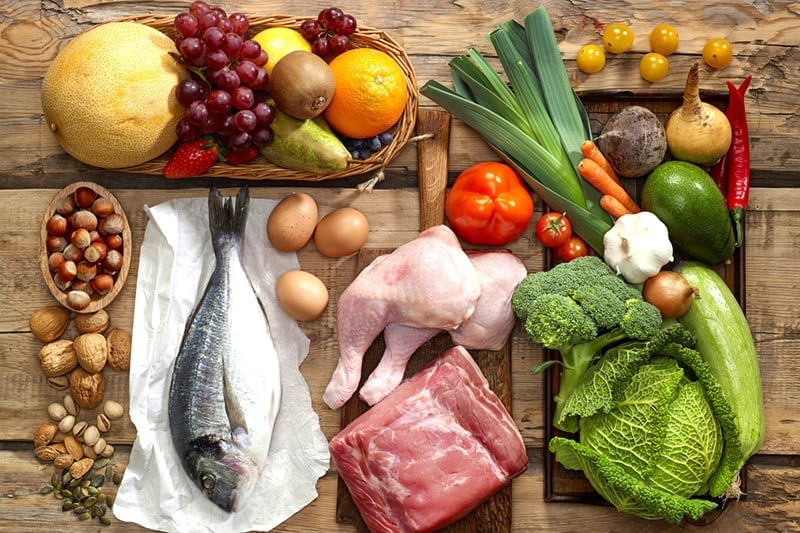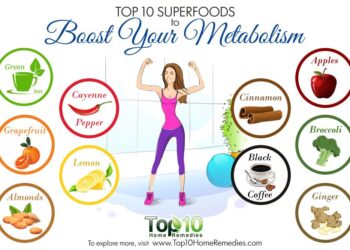A Paleo lifestyle is all about eating the foods that our ancestors did. Today, we live in a world where almost everything is processed and packaged, and it’s not easy to find the “real” things anymore. That being said, there are ways to get the same nutrients from modern food without giving up or sacrificing your health or well-being.
A Paleo diet is a balanced eating plan which focuses on eating the foods that were available to early humans. By doing this, you eliminate foods that have little nutritional value but are high in saturated fats, sugars, and other unhealthy ingredients.
Instead of following an extreme diet with few options, a Paleo-friendly diet includes lots of fruits, vegetables, nuts, seeds, and low-fat dairy products as well as lean meats, seafood, and oils for cooking (no butter). It’s a healthy way of eating that can help you lose weight if you eat fewer calories than required.

What foods are part of a Paleo diet?
A Paleo diet includes lean meats, fish, seafood, eggs, vegetables, fruits, nuts, and seeds. It excludes processed foods (eg. sugar-laden cereals, white bread, refined pasta, etc.), legumes (eg. beans, peanuts, etc.), and dairy products (eg. milk, cheese, yogurt, etc.). You may also consume alcohol in moderation if you wish to.
Check if your food is Paleo-friendly
Before you start cooking, you’ll want to know if your ingredients are Paleo-friendly. Fortunately, there are several Paleo food list websites and apps that can help you. Look for ones that have reviews from people who are interested in Paleo diets. The Paleo database, for example, allows you to search for foods by name or search for ingredients.
You can also find Paleo recipes and tips. When shopping for ingredients, try to stick to the following list:
- Animal products: fish, shellfish, poultry, red meat (beef, lamb, veal, etc.), goat, eggs, low-fat dairy products such as yogurt, cottage cheese, and skim milk
- Legumes: beans, chickpeas, peanuts, etc.
- Nuts: peanuts, walnuts, almonds, macadamia nuts, cashews, etc.
- Fresh fruits and vegetables: apples, avocados, bananas, broccoli, bell peppers, celery, cucumbers, tomatoes, etc.
Eat more omega-3 fatty acids
The human body is not able to produce its own omega-3 fatty acids, so you need to get them from the foods you eat. Fish are a good source of omega-3 fatty acids and can be eaten a couple of times a week. Other good sources of this fatty acid include walnuts, flaxseeds, canola oil, and green grass-fed vegetables.
Studies have shown that eating foods rich in omega-3 can help you lose weight, improve your cholesterol levels, and improve your blood pressure. It can also help reduce your risk of heart disease, and diabetes, and even ease arthritis symptoms.
Don’t eat while you’re hungry
Just because you “feel” hungry doesn’t mean you need to eat. There’s nothing that good food can do when you’re actually hungry. And when you’re not eating right, you’ll end up feeling bad and unsatisfied. Hunger is one of the main reasons why people fail at the Paleo diet. So, if you “feel” hungry, try to ignore it and don’t eat anything until you feel that your stomach is full. This can help you avoid overeating.

Get your micronutrients
When you follow a Paleo diet, you’ll also have to pay attention to your micronutrient intake. These are nutrients that are often missing in a modern diet and are essential for good health. You’ll need to get these nutrients from a variety of plant-based foods:
- Vitamin B: from fresh fruits, vegetables, and legumes
- Vitamin C: from fresh, green vegetables and citrus fruits. (However, be careful not to consume too much citrus as it can be dangerous for your teeth)
- Folate: found in many leafy vegetables, especially broccoli, cauliflower, and asparagus.
- Iron: is most easily obtained from plant-based foods such as legumes, vegetables, and whole-grain products.
- Zinc: is present in high amounts in pumpkin seeds, sunflower seeds, and cashews.
- Omega 3 fatty acids: can be obtained from certain types of fish, walnuts, flaxseeds, and canola oil.
- Vitamin B12: is found in small amounts in plant-based foods such as tempeh, processed foods, and some types of dairy products.
Stay hydrated
A healthy lifestyle includes eating fresh fruits and vegetables, nuts, seeds, and lean proteins. Although these foods are healthy and have amazing nutrients, they’re not enough to supply our bodies with the amount of water we need. You need to drink 8 glasses of water daily to stay hydrated, and that includes the water in your coffee and tea.
You should also drink water before and during meals. Most people don’t drink enough water, and it’s especially common in people who follow a low-calorie diet. Studies have shown that dehydration can lead to deficiencies in minerals like zinc, manganese, and iron.
Take care of your body and mind
A healthy lifestyle also involves taking care of yourself mentally and physically. To stay healthy, you should try to get 8 hours of sleep every night, engage in regular exercise, and limit the amount of alcohol you drink. When it comes to diet, you should make sure that the food you eat is relatively low in sugar and refined carbs.
A healthy diet for a Paleo lifestyle should also include lots of fresh fruits, vegetables, and unprocessed foods. It should also be low in fat and avoid sugary beverages and processed foods.
Conclusion
A Paleo diet is a great way to improve your health and lose weight. It’s also a great way to get back to the basics and reconnect with nature. A Paleo diet is simple to follow and has many benefits, including weight loss, better health, and increased energy. Follow these steps to get started.








